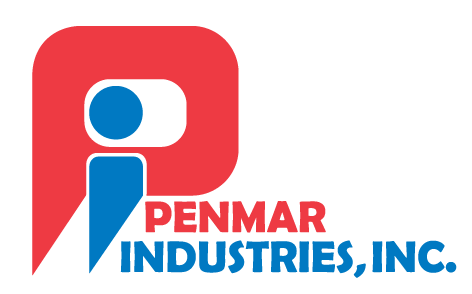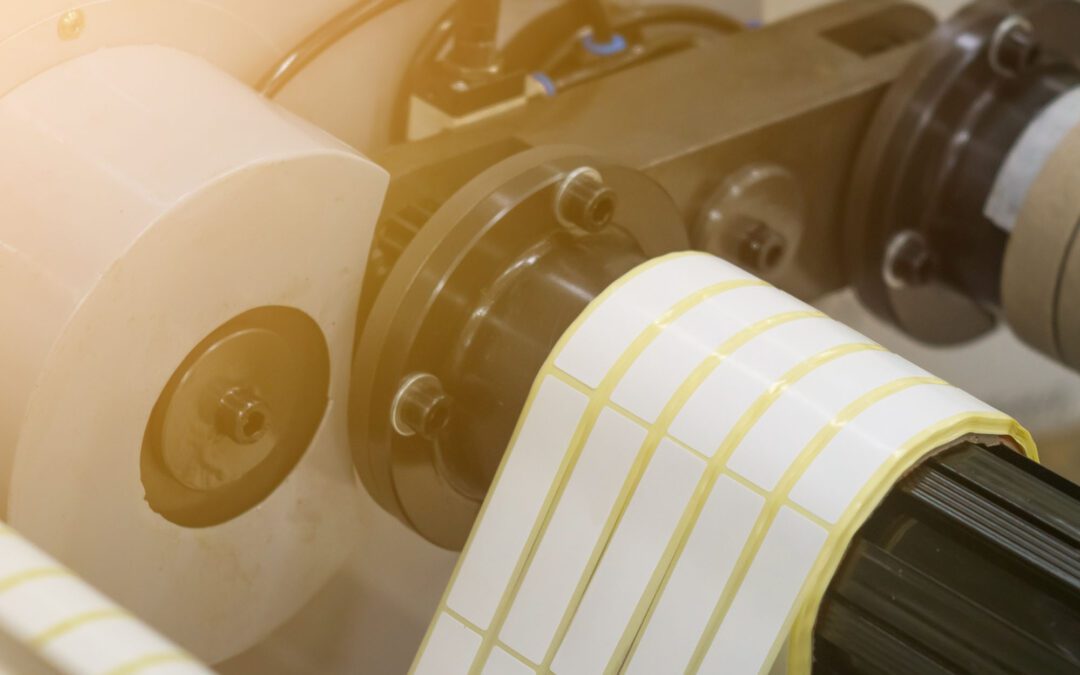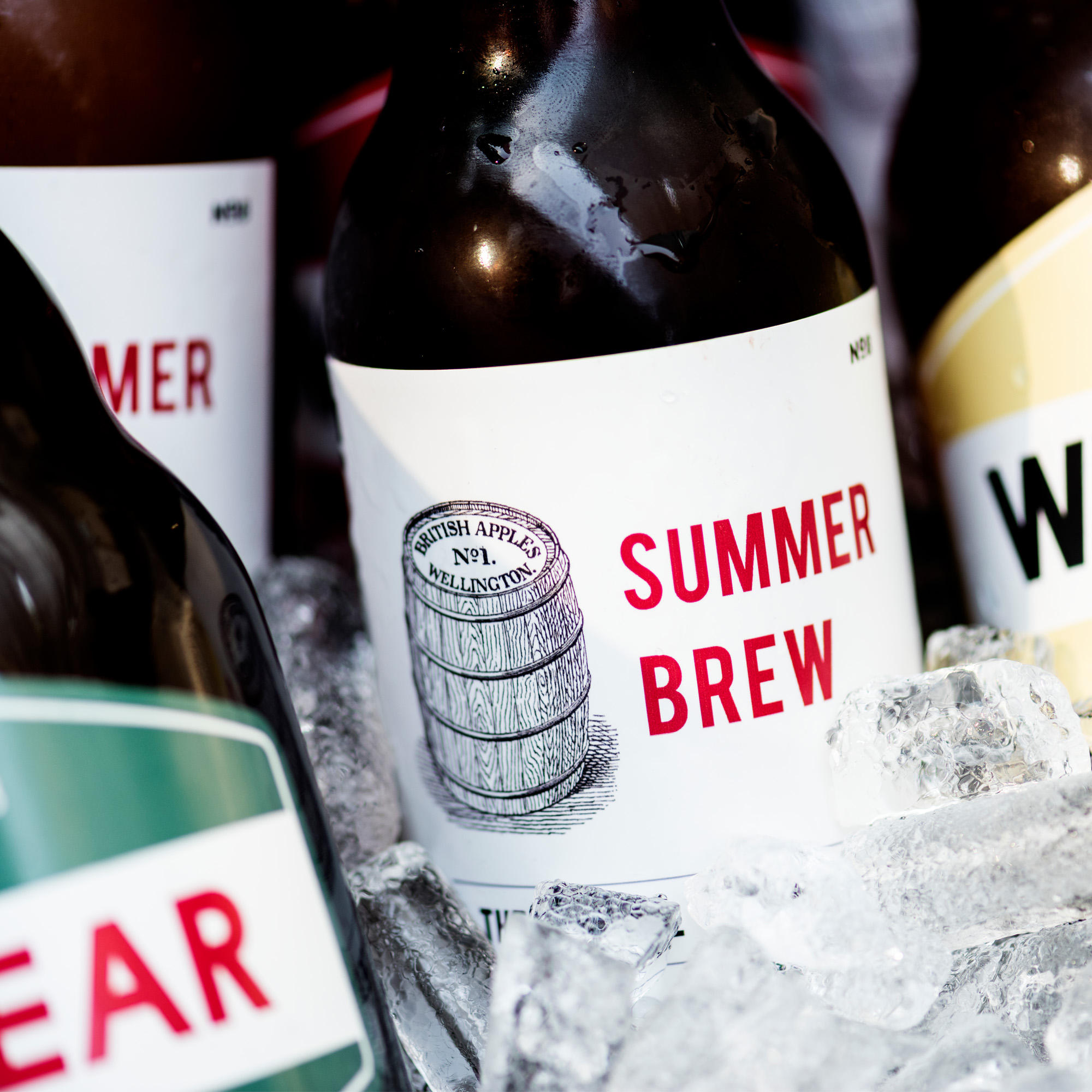Creating a label for your product involves several critical steps in the manufacturing process.
Below is a general overview of the typical stages involved in manufacturing product labels:
1. Design Creation:
- Work with a graphic designer to create a visually appealing and informative label. Ensure the design reflects your brand identity and complies with any regulatory requirements.
2. Material Selection:
- Choose the appropriate label material based on product type, intended use, and environmental conditions. Common label materials include paper, plastic, vinyl, or metallic substrates.
3. Printing Method:
- Select a printing method that suits your label design and material. Common label printing methods include digital, flexographic, offset, and screen printing.
4. Color and Finish:
- Choose the color scheme for your label, considering the visual appeal and readability. Decide on the finish, whether matte, gloss, or a specialty finish like embossing or foil stamping.
5. Regulatory Compliance:
- Ensure your label complies with relevant regulations, such as product information, safety warnings, and barcode requirements. This is especially important for industries like food, pharmaceuticals, and chemicals.
6. Prototype or Sample:
- Before mass production, create a prototype or sample of the label to review its appearance, dimensions, and functionality. This step allows you to make any necessary adjustments before full production.
7. Printing and Production:
- The label is ready for mass production once the design and material are finalized. The chosen printing method is employed to produce the labels in bulk.
8. Cutting and Finishing:
- Labels are cut into the desired shape and size using cutting tools or die-cutting machines. Additional finishing processes may include laminating, varnishing, or applying adhesive backing.
9. Quality Control:
- Implement quality control measures throughout production to ensure that each label meets the specified standards. Inspect for defects, color accuracy, and overall quality.
10. Packaging and Shipping:
- After passing quality control, labels are packaged appropriately for shipping. The packaging method should protect the labels from damage during transit.
11. Application Instructions:
- Include your product labels in the packaging if they require specific application instructions. This ensures that end-users can apply the labels correctly.
12. Inventory Management:
- Keep track of label inventory to avoid shortages. This is especially important if you use labels for multiple products or if the product line is frequently updated.
13. Reordering Process:
- Establish a reordering process to ensure a consistent supply of labels. Monitor inventory levels and reorder before running out to avoid disruptions in product labeling.
Remember, the specific details of the label manufacturing process can vary based on factors such as the type of product, industry regulations, and your unique design requirements. Working closely with a label manufacturer or printing company can help you navigate these steps and create high-quality product labels.


